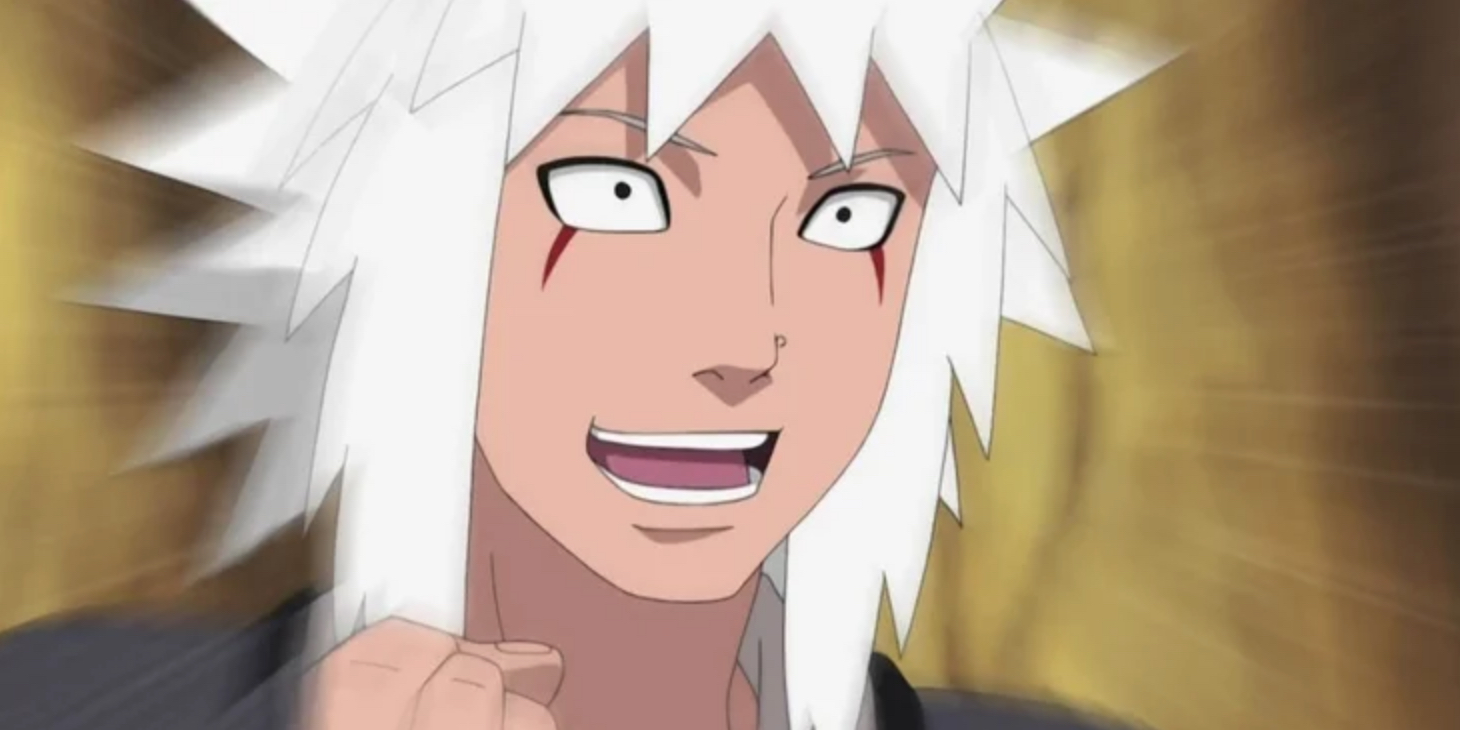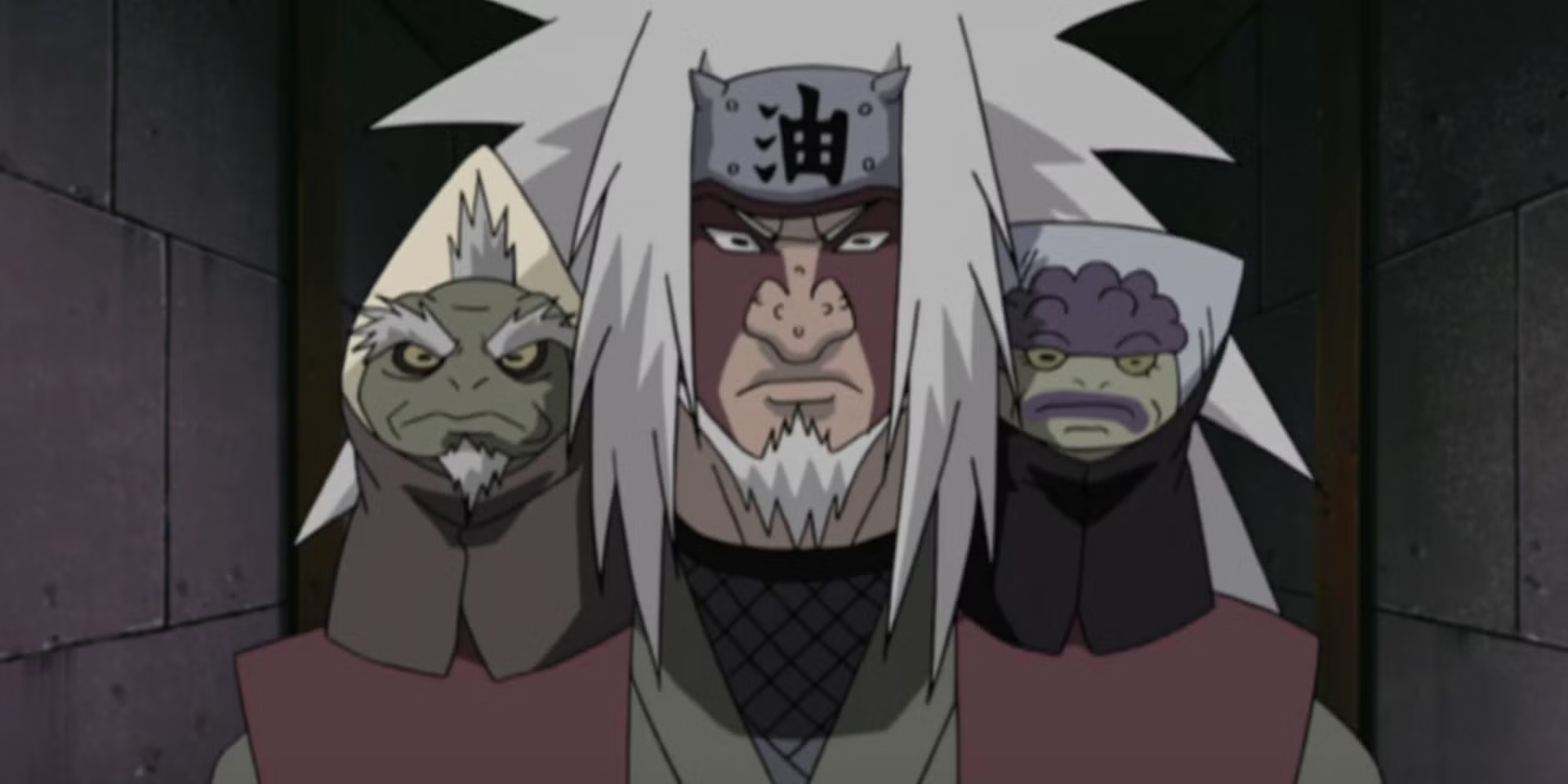Jiraiya, one of the most beloved and respected characters in Naruto, is known not only for his powerful jutsu and sage wisdom but also for his unwavering commitment to his beliefs. One of the most thought-provoking concepts attributed to him is the idea of his survival theory. This theory suggests that Jiraiya’s death, while tragic, was part of a grand plan—one that would contribute to the eventual downfall of his enemies. But does Jiraiya’s survival theory hold any weight? Did his death truly serve a greater purpose, or was it a casualty of fate? In this, we explore the plausibility of Jiraiya’s survival theory and whether it made sense within the context of the story.
The Origins of Jiraiya’s Survival Theory
The survival theory surrounding Jiraiya is centered around his final moments and the subsequent implications of his death. After being fatally wounded by Pain (Nagato), Jiraiya’s last words and the choices he made during his final battle raised questions. The theory gained traction after it was revealed that Jiraiya had managed to leave behind a critical piece of information that could lead to the defeat of Pain and the Akatsuki. His notes on the identities of the Six Paths of Pain, as well as his observations about Nagato’s true identity, were crucial in bringing down the threat.

Jiraiya’s last moments showed his belief in the possibility of change, particularly regarding Nagato, his former student. The fact that Jiraiya died without fully realizing his vision for peace hints at a much deeper, philosophical aspect of his character. Did Jiraiya intentionally set himself up for death as a means to deliver this crucial information? Or was his survival theory just a way to rationalize his untimely demise?
Jiraiya’s Faith in Nagato: The Heart of the Theory
At the core of Jiraiya’s survival theory is his relationship with Nagato, the leader of the Akatsuki. Jiraiya’s deep belief in the potential for peace, even in the face of Nagato’s dark actions, is a defining trait of his character. Jiraiya, who once mentored Nagato and his friends, had an unwavering hope that his former student could be redeemed.
Jiraiya’s survival theory proposes that his death wasn’t just a sacrifice; it was part of a greater plan to eventually defeat the Akatsuki. The reasoning behind this is that Jiraiya’s death would ignite the path to Nagato’s redemption, even if Jiraiya himself could not bring it about. It’s suggested that Jiraiya knew that Nagato, despite his pain and anger, could be influenced by Jiraiya’s teachings. If Jiraiya had lived, he may not have been able to provide the necessary push for Nagato to change his ways. His death, then, could be viewed as a catalyst that set the stage for peace to eventually be realized.
This belief in Nagato’s redemption is central to the theory, but it also raises questions about Jiraiya’s trust in his teachings. Was he truly confident in Nagato’s ability to change, or did he simply see his death as the only way to trigger this transformation?
The Impact of Jiraiya’s Death on the Naruto Storyline

Jiraiya’s death had significant repercussions on the Naruto storyline, both on an emotional and plot-driven level. Not only did it serve as a pivotal moment in the series, but it also pushed Naruto Uzumaki, the main protagonist, to a higher level of maturity. The loss of his mentor and the person he considered a father figure forced Naruto to confront his own feelings of loss and grief, and it also catalyzed his determination to protect the world and bring about true peace.
The survival theory suggests that Jiraiya’s death was essential for Naruto’s development. In a sense, Jiraiya’s passing marked the end of Naruto’s reliance on external guidance. While Jiraiya had taught Naruto valuable lessons about perseverance, friendship, and the pursuit of peace, Naruto’s growth after Jiraiya’s death was propelled by the loss. This could be seen as Jiraiya’s final lesson to his pupil: true strength comes not from the protection of others but from the ability to stand on your own and pursue what is right.
Furthermore, Jiraiya’s death allowed the narrative to focus more on Nagato’s motivations and his internal conflict between pain and the possibility of redemption. Without Jiraiya’s passing, the psychological and emotional journey of Nagato may not have been as impactful or as believable. His eventual decision to change, motivated in part by the memory of his former teacher, was a key turning point in the series.
The Role of Foresight: Did Jiraiya Predict His Death?
A significant aspect of Jiraiya’s survival theory is whether he foresaw his death. Jiraiya was a master of strategy, and many fans speculate that he had a sense of his own demise. The battle with Pain was undoubtedly one of the most intense and dangerous encounters Jiraiya had ever faced, yet he never seemed entirely resigned to failure. His quick thinking, even as he was dying, suggested that he had planned for every possibility, including his own death.
Jiraiya’s ability to leave behind such crucial information, even in his final moments, is another piece of evidence supporting the theory that he anticipated his death. Had Jiraiya not been able to fight back long enough to pass on this knowledge, it’s possible that Naruto would have never discovered the truth about Pain and Nagato. This idea of self-sacrifice for the greater good aligns with Jiraiya’s character and his lifelong mission to protect the world from the consequences of war and hatred.

But whether Jiraiya actively planned his death remains unclear. Some argue that Jiraiya’s optimism and belief in the potential for peace led him to believe he could achieve victory, even in his weakened state. Others contend that his death was simply the result of the inevitable clash between him and the overwhelming power of Pain.
The Philosophical Implications of Jiraiya’s Survival Theory
The survival theory also carries significant philosophical weight. Jiraiya’s belief in redemption, hope, and peace was central to his worldview, and his actions in the final arc of the series reflect this. Jiraiya understood that change could not happen without sacrifice, and sometimes, the only way to inspire change was through personal loss. His death was not only a catalyst for Naruto’s growth but also for the narrative’s exploration of the theme of suffering and the possibility of redemption, even for those who seem irredeemable.
Jiraiya’s life and death raise important questions about the nature of self-sacrifice. He was a character who willingly gave everything for the future of the world, not because he thought he could change everything himself, but because he believed that his actions could help create the conditions for future change. In this sense, his death, while tragic, was ultimately a necessary step toward achieving the peace he had always sought.





